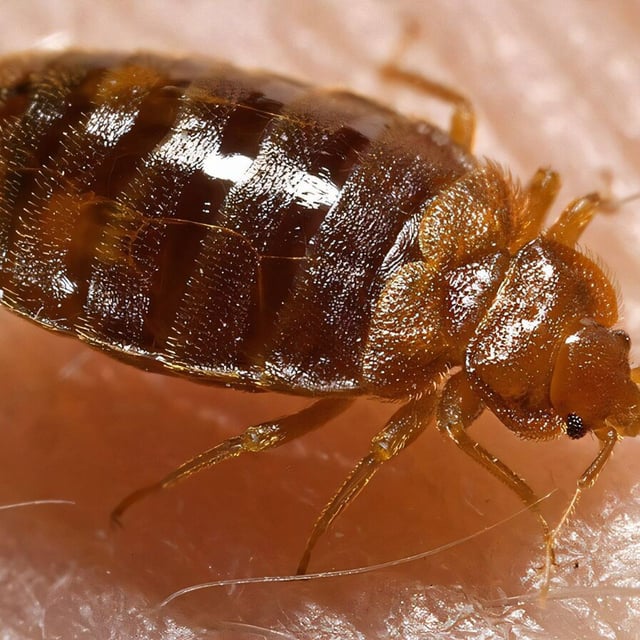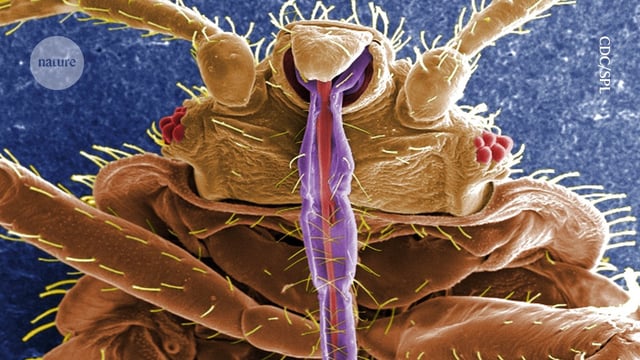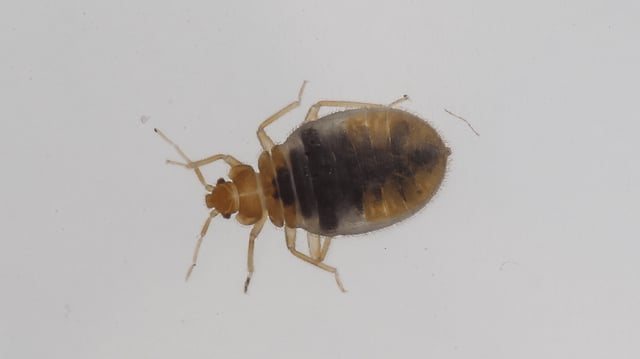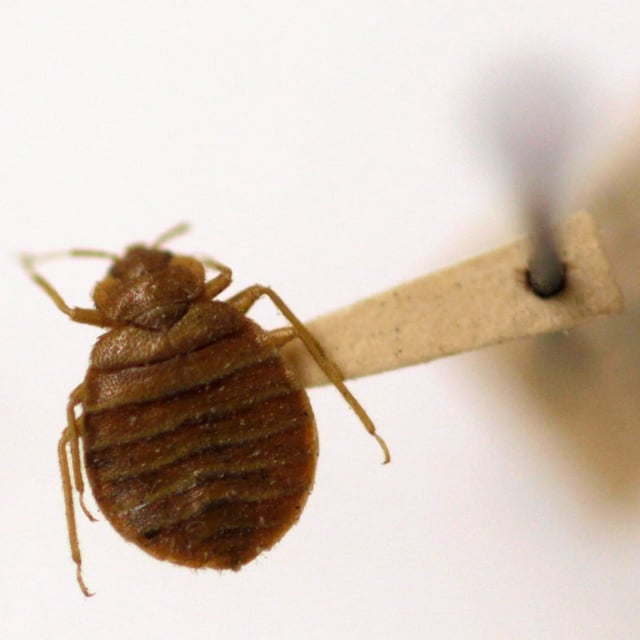Overview
- Researchers compared whole-genome sequences of bat-associated and human-associated bedbug lineages to reconstruct their population histories.
- The human-associated lineage jumped from bats to early humans about 60,000 years ago and rebounded around 13,000 years ago with the rise of the first cities.
- Bat-associated bedbug populations declined during the Last Glacial Maximum and have continued falling, while human-associated populations plateaued then surged again about 7,000 years ago.
- Mid-20th-century DDT use nearly eradicated bedbugs but drove the emergence of genetic mutations that conferred resistance within five years.
- Understanding these evolutionary and demographic patterns provides a foundation for predictive models of pest spread and improved urban pest-management strategies.



